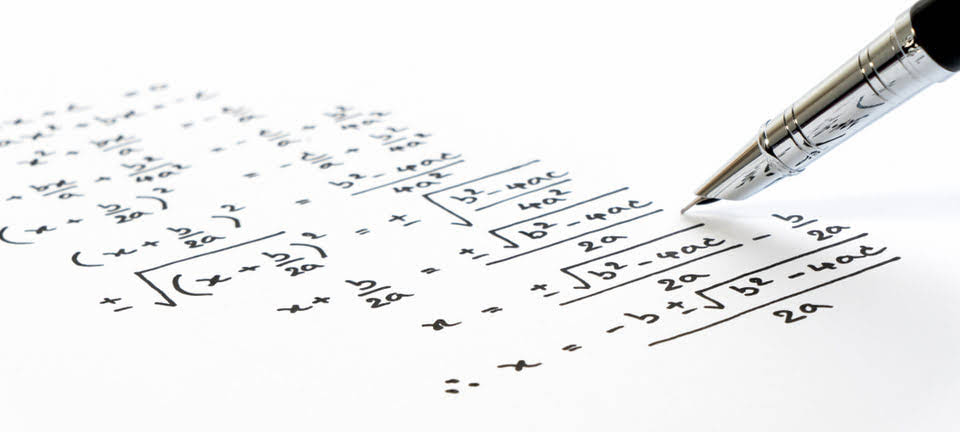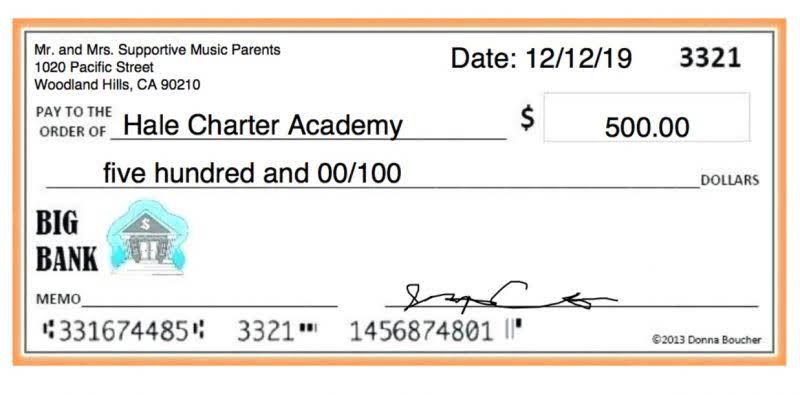Errors in Original Entry Effect on Accounts & Rectification Entry
- pragati
- May 25, 2022
- Bookkeeping
- 0 Comments

Accounting errors can occur in double entry bookkeeping for a number of reasons. Accounting errors are not the same as fraud, errors happen https://www.bookstime.com/ unintentionally, whereas fraud is a deliberate and intentional attempt to falsify the bookkeeping entries. Nevertheless, transposition errors can lead to a never-ending list of problems that are difficult to correct. In 1992, 96 people onboard Air Inter Flight 148 died when it crashed into a mountain due to a transposition error.

The Auditor’s Role in Error Correction

We follow strict ethical journalism practices, which includes presenting unbiased information and citing reliable, attributed resources. Finance Strategists has an advertising relationship with some of the companies included on this website. We may earn a commission when you click on a link or make a purchase through the links on our site. All of our content is based on objective analysis, and the opinions are our own. This is because the approach used to correct an error depends on the type.

Reviewing Reconciliations
One effective strategy is to conduct transposition error regular reconciliations between bank statements and internal financial records. This process involves comparing the transactions listed in the bank statement with those recorded in the company’s books, highlighting any inconsistencies that may indicate an error. Once errors in the trial balance have been identified, the next step is to correct them to ensure the accuracy of financial statements. The process begins with a thorough investigation to understand the nature and cause of each error. This often involves revisiting the original transaction documents, such as invoices, receipts, and bank statements, to verify the correct amounts and accounts.

Do you already work with a financial advisor?
- These validation rules act as the first line of defense against transposition errors.
- Errors may be committed to casting (totaling) the bank column of the cash book.
- Ensuring the accuracy of financial records is a cornerstone of effective accounting.
- Automation of data entry processes also plays a significant role in reducing human error.
- Our goal is to deliver the most understandable and comprehensive explanations of financial topics using simple writing complemented by helpful graphics and animation videos.
- Companies prepare it at the end of every accounting period or quarter, or semi-annually or annually.
If anything from the bookkeeping basics sticks with you, it’s that accounting is all about debits and credits. Every transaction must have at least one debit and one credit, and the sum of debits and credits must always be equal. A trial balance lists all of your account balances to prove that your debits equal credits.
- Correcting entries are part of the accrual accounting system, which uses double-entry bookkeeping.
- One effective technique is the use of control accounts, which serve as a summary of transactions for specific categories, such as accounts receivable or accounts payable.
- Furthermore, many software solutions are available to detect these errors and correct them.
- Many accounting software programs offer features that simplify the creation and tracking of adjusting entries.
- That entry could be an employee’s salary or a budgeting item used to make an important financial decision.
- Learn how to identify and rectify common bank errors in financial statements using advanced reconciliation techniques.
- This type of accounting error is easy to make, especially when copying down transactions by hand.
- Another accounting error is a principle error, where an accounting entry violates a fundamental accounting principle.
- It is also essential that each entry includes a comprehensive description, providing context and clarity for anyone reviewing the financial statements.
- All of our content is based on objective analysis, and the opinions are our own.
- Additionally, machine learning algorithms can be employed to predict and identify potential errors based on historical data, offering a proactive approach to error detection.
- But first, let’s take a quick step back and talk about where you can find number discrepancies.
- Often, adding a journal entry (known as a “correcting entry”) will fix an accounting error.
The transparency of the financial correction process is reinforced through stringent disclosure requirements. Disclosures related to accounting errors typically include a description of the error, the periods affected, the amounts involved, and the impact on the financial statements. If they are unequal, you can go back to your journal entries to find where the error originates from.
- A business concern issues checks to creditors on a daily basis and pays these checks.
- Conversely, if the difference is not divisible by nine, the error may stem from other sources, necessitating further investigation.
- One telltale sign of a transposition error is the divisibility of the discrepancy by nine.
- An investigation revealed a network of dishonest transactions meant to hide debt and exaggerate revenues.
Automation of data entry processes also plays a significant role in reducing human error. Accounting Periods and Methods Software that requires verification before finalizing entries can catch transposition errors by flagging sequences of numbers that do not conform to expected patterns. Additionally, limiting manual data entry by using tools that import financial information directly from source documents can significantly decrease the likelihood of transposition errors.




